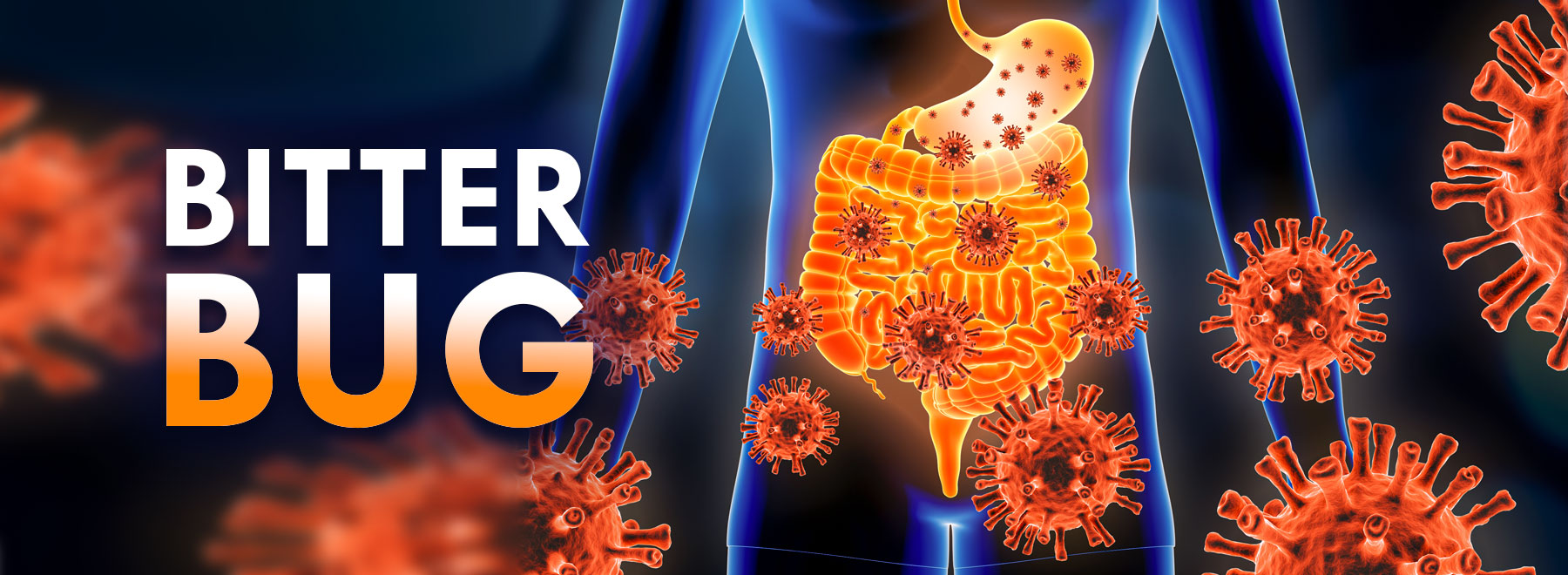Norovirus (‘stomach flu’) is catching on – and not in a good way
It’s difficult to carry on a tasteful discussion about norovirus, the offensive microorganism that, as of late February, was causing a rise in emergency department visits.
The subject calls for a candid regurgitation of unpleasant facts about the ailment known to many as “the stomach flu,” although that name is misleading.

“Norovirus and influenza are from two different families of viruses,” said Dr. Jose Trigueros, assistant professor of medicine-infectious diseases at the University of Mississippi Medical Center.
“There might be an overlap in gastrointestinal symptoms, but generally speaking, influenza will cause respiratory symptoms, while norovirus infections will manifest with an acute onset of nausea, vomiting and diarrhea.
“In fact, it is the main cause of epidemic viral gastroenteritis worldwide.”
Like the flu, though, it can be fatal.
In a recent spate of cases involving intestinal distress, the culprit turned out to be raw oysters, a favorite hangout for the virus.
And, in late February, the U.S. Food and Drug Administration recommended that consumers avoid eating raw oysters, at least those scooped up from certain areas of Canada and which could still be on the market in a frozen state.

Dr. Thomas Dobbs would like to add to that. “Certainly, people who have chronic conditions, including liver disease or weakened immune systems, should never eat raw oysters,” said Dobbs, professor of medicine-infectious diseases and dean of the John D. Bower School of Population Health at UMMC.
“The oysters should be cooked. Other things in raw oysters can also make you sick, such as vibrio, which is similar to cholera. Oysters are like filters, so, if there is an infection in the water, they will pick it up.”
But norovirus doesn’t need shellfish to help it do its dirty work. It spreads mainly when bacteria or viruses in stool, saliva or regurgitated food find their way onto our hands before lighting in our mouth – where we take it in and become infected.
It can be picked up from contaminated food or surfaces, or from direct contact with someone who has norovirus.
“It’s super contagious,” Dobbs said, “and it comes and goes in waves.”
Only 10 to 100 “viral particles” are considered enough to infect someone, Trigueros said. “Infection usually establishes within the next 24 to 48 hours.”
The introduction is shattering. Besides the aforementioned nausea, vomiting and diarrhea, there are abdominal cramps and “generalized weakness,” Trigueros said.
If there is any good news about norovirus, it’s this: Most people get over it within 72 hours, Trigueros said. But, of course, some people do not.
People with the severest cases can end up in the hospital. Each year, norovirus is responsible for more than 100,000 hospitalizations, 19 to 21 million cases of vomiting and diarrhea, and 900 deaths, the Centers for Disease Control and Prevention reports.
Often, the victims are children or older adults, Dobbs said. People whose immune system’s defenses are low may also be at higher risk.
Mississippi had 163 norovirus outbreaks between 2009 and 2020; an outbreak means “multiple cases with a defined common source,” Dobbs said.
Still, “the disease itself is not really reportable,” Dobbs said. “Only outbreaks are reported. So, we’re not likely to have clear information when it comes to the actual number of cases.”
Confirming a case requires “specific stool testing,” Trigueros said. “A person’s history of working in child care or schools, recreational water exposure, or recent travel would make a clinician suspect a possible norovirus infection.”
Also, norovirus has a reputation for being partial to cruise ships, Dobbs said. “There have also been outbreaks in casinos, from people just touching the handles on the machines.”
Since this is the season of norovirus – outbreaks most commonly occur between November and April – it is especially important to be vigilant.
“Routine hand washing with water and soap is the most effective way to reduce the risk of contracting and spreading norovirus,” Trigueros said.
“Washing your fruits and vegetables and trying to get a general idea of where the food you are eating came from might help curb the risk of contracting this infection.”
— — —
For information about possible food-borne outbreaks in your area, contact your County Health Department or go to the CDC’s National Outbreak Reporting System.
The above article appears in CONSULT, UMMC’s monthly e-newsletter sharing news about cutting-edge clinical and health science education advances and innovative biomedical research at the Medical Center and giving you tips and suggestions on how you and the people you love can live a healthier life. Click here and enter your email address to receive CONSULT free of charge. You may cancel at any time.



